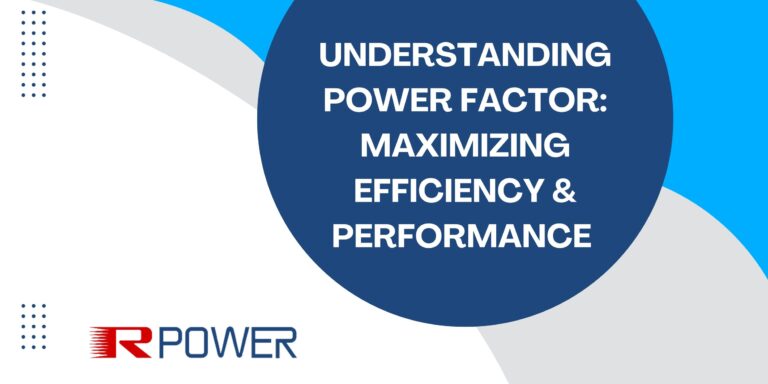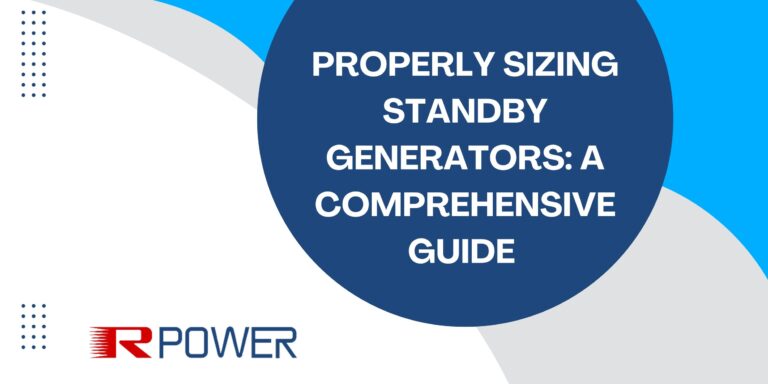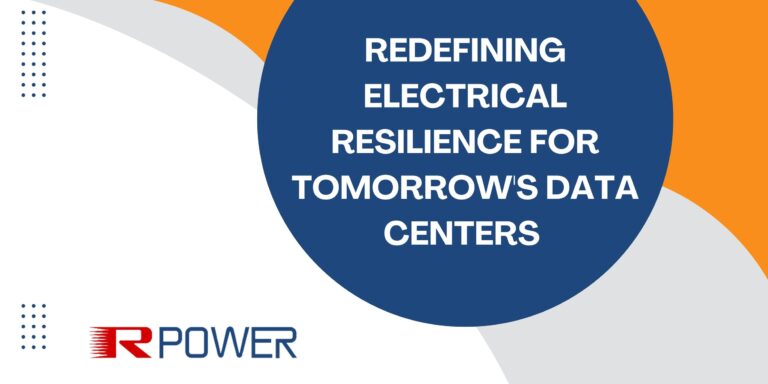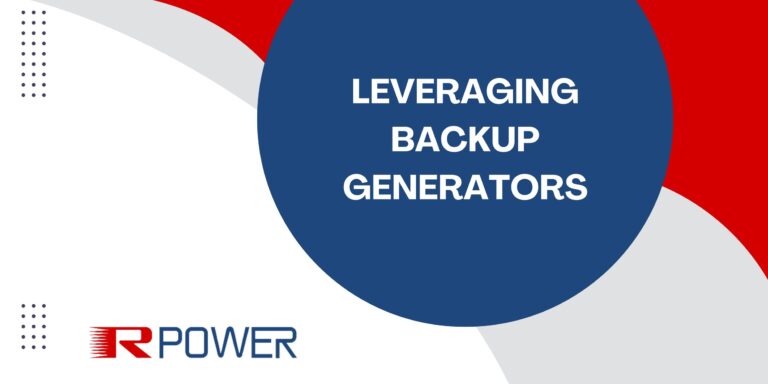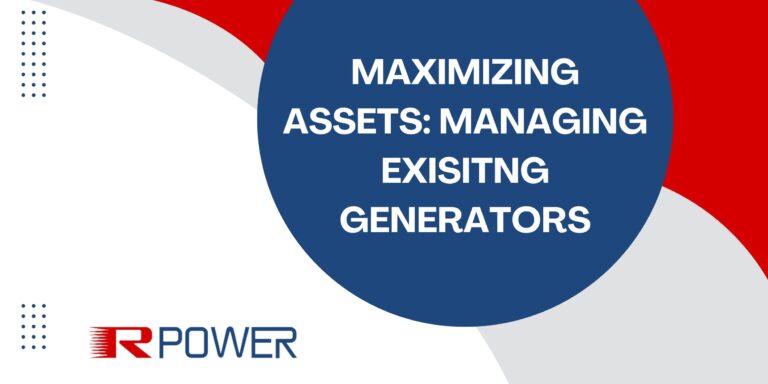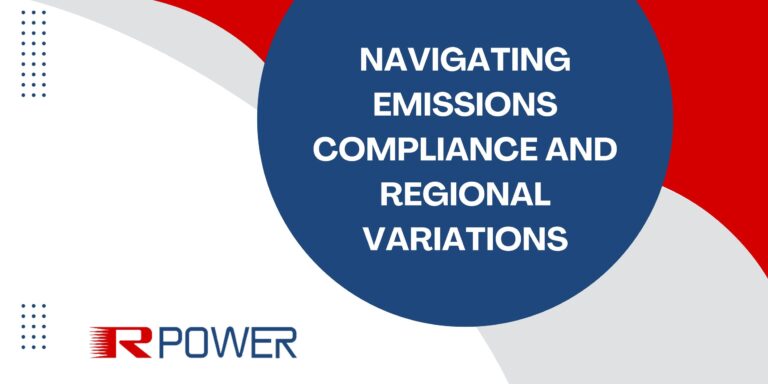Unlocking Business Resilience with Energy-as-a-Service Models
In today’s rapidly evolving business landscape, ensuring reliable power supply and facility resilience is paramount. A solution gaining considerable traction is the concept of “energy-as-a-service” or “resiliency-as-a-service.” This innovative structure is offered by forward-thinking businesses, providing a comprehensive turnkey solution that simplifies the entire generator process under one straightforward agreement.
A Holistic Approach
The resiliency-as-a-service model takes a holistic approach, encompassing the full scope of generator implementation and management, from inception to retirement. This includes system design, equipment procurement, installation, permitting, interconnection, ongoing equipment maintenance, and participation in economic dispatch programs wherever possible. What sets this approach apart is that it typically requires no upfront capital expenditure from the customer, instead rolling the entire project cost into an ongoing operating expense over an agreed-upon term, which typically ranges from 5 to 20 years.
Benefits Beyond Cost
This model empowers businesses to allocate their capital where it matters most— their core business needs—rather than investing in a backup power generation solution. The additional revenue streams generated through participation in economic dispatch programs offset the cost of the solution, resulting in lower monthly operational expenses and an overall reduced solution cost for the customer. In many cases, this translates to a facility’s resiliency being achieved at roughly 50 cents on the dollar when compared to a traditional Tier 2 emergency-only diesel backup solution over the life of the project.
Simplified Operations and Focus
One significant advantage of these as-a-service models is the customer’s ability to exit the generator business. With the entire generator operation wrapped in the service agreement, there’s no longer a need for facilities personnel to monitor, track, and maintain the equipment. This frees up their valuable time and expertise to focus on other critical tasks that keep the facility operating at its best.
In conclusion, the emergence of energy-as-a-service models marks a transformative shift in how businesses approach generator solutions and resilience. This holistic approach not only streamlines operations but also allows businesses to enhance their core competencies while achieving cost-effective facility resiliency. It’s a win-win solution that empowers businesses to thrive in an ever-changing environment while leaving the complexities of backup power generation behind.
To read the full technical paper, click here.


